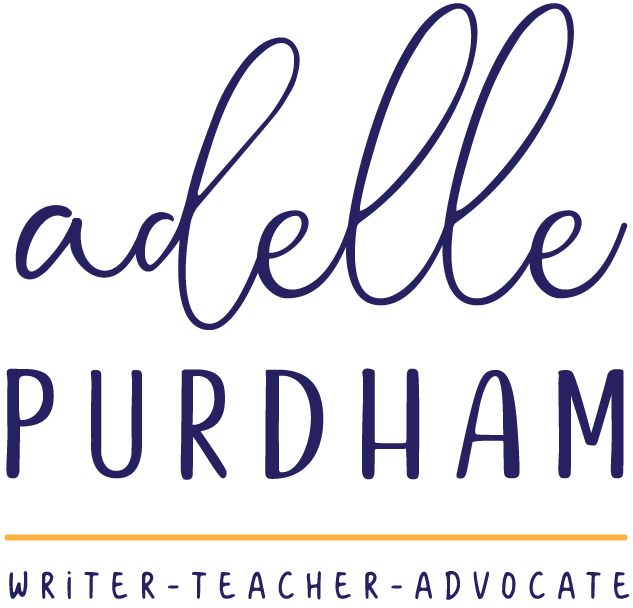
There are two sides to every coin. Heads or tails? Well, depending on the side you are rooting for, which way you’re betting, one side is perceived as ‘good’, the other side as ‘bad’. This narrative of good and bad plays into so many aspects of our lives, but lately I’ve been thinking about it in the context of how we view others.
I came across an engaging well-thought out TED talk by Heather Lanier (thanks Sue Robins for introducing me to her work) about the problematic nature of framing stories as ‘good’ or ‘bad’. Lanier explains through the use of an ancient parable that “’Good’ or ‘bad’ are incomplete stories that we tell ourselves.”
The ancient parable of the farmer goes like this:
There once was a man who lived on a farm with his son and his horse.
One day, the barn door was left open and the horse ran away. When the nearby villagers heard about it, they ran to the farm to tell the farmer how sorry they felt for him.
“How will you work your farm without your horse?” they asked.
The farmer simply shrugged and said “good, bad, who’s to say?”
A few days later, the farmer’s horse returned, and following it were two more horses. The villagers were so excited for the farmer’s luck, they ran to his farm and told him so.
The farmer simply shrugged and said “good, bad, who’s to say?”
The new horses were not broken in, so the farmer’s son worked hard to break them in so they could be used on the farm. While doing so, one of the new horses threw him off and his leg was broken.
The villagers again ran to the farm and expressed their deep sadness about the son’s broken leg. “Now your son can’t help you on the farm,” they said with their heads hung low.
The farmer simply shrugged and said “good, bad, who’s to say?”
As the son was healing from his broken leg, a war broke out in the countryside. All the young men were sent to fight. Many died or were seriously injured. However, since the farmer’s son had a broken leg, he was not able to go. The villagers again came to the farm, to say to the farmer how very lucky he was that his son didn’t have to go fight in the war.
Once again, the farmer shrugged his shoulders and stated, “good, bad, who’s to say?”
This parable teaches us to simply be a witness to life’s events. The idea being that peace is found by observing the events of life and removing all judgement; by sitting back and witnessing without trying to attach labels, and avoiding life’s dramas.
The principle tenant of Buddhism is that craving leads to suffering. Either craving for something good to last or craving for something bad to end. One who does not crave, does not suffer – or so the idea goes. In meditation, the goal is not to judge the thoughts that come into your head, but to let them flow through your mind and watch them from a distance. Thoughts are not labelled as good or bad, nor are they held on to. They are let go.
Wow. This all sounds pretty good, doesn’t it? Letting go of notions of ‘good’ or ‘bad’; meditating and watching all kinds of thoughts float by without attaching meaning or significance. As a writer, I often try to do the opposite: I latch on to words, haul them in, examine them to death, then stuff them into a basket full of other used thoughts and ideas. But perhaps I need to loosen up, disassociate from my body a little bit more. My body is so needy, temperamental; it’s cloistering to the mind.
I received a rejection note this morning for an essay I wrote. Good or bad, who’s to say? Maybe the piece will go on to be accepted in a more reputable journal or will lead me to a connection and long-lasting friendship with an editor – who knows? Maybe it’s eventually printed at a time when the person who needs to read it, reads it. I can’t help but yearn toward the positive. However, maybe the essay never gets published. I have to be satisfied with the idea that the essay just is. Pain and pleasure, bad and good.
The other day, out on a drive, I turned right at the last minute onto a path I hadn’t planned to go down. I discovered a beautiful trail; the kids loved it. Later that day, I swatted at a bug on my knee, assuming it was a horsefly, and got badly stung by a wasp. So the story goes. Good or bad, who’s to say? The key is to remain open; to abstain from judgement. This is not the same as being passive. Even meditation – sitting being, seemingly doing nothing – is an intense exercise of the mind.
When I leave for my run this morning, I will either feel good or bad and I’m going to try to not attach meaning to those feelings. Today’s run doesn’t necessarily signify that I’m a good runner or a bad runner, that I’m in good shape or bad shape, it is just how I’m feeling today, at this particular moment.
I see the value in letting go, but a part of me needs to rebel against this notion of watching our feelings pass by without judgement. I’m quite attached to my feelings. I’m all for letting the feelings that are hurtful and painful pass through me, but I’m not so willing to let go of joy and happiness. I want to fully inhabit my body in these moments. But we don’t get to choose. One minute, joy, a new path; the next minute, pain, a wasp sting. Life is just like that.
When it comes to people though, I see how this principle need apply. In my own life, the good/bad story has played out like this: the initial Down syndrome diagnosis – pain, bad; getting to know people with Down syndrome – joy, good. Over and over, in different contexts, the story repeats itself. My greatest realization of all, through years of reflection and learning to withhold judgement, is that: Down syndrome just is. And so the story goes.





No comment yet, add your voice below!